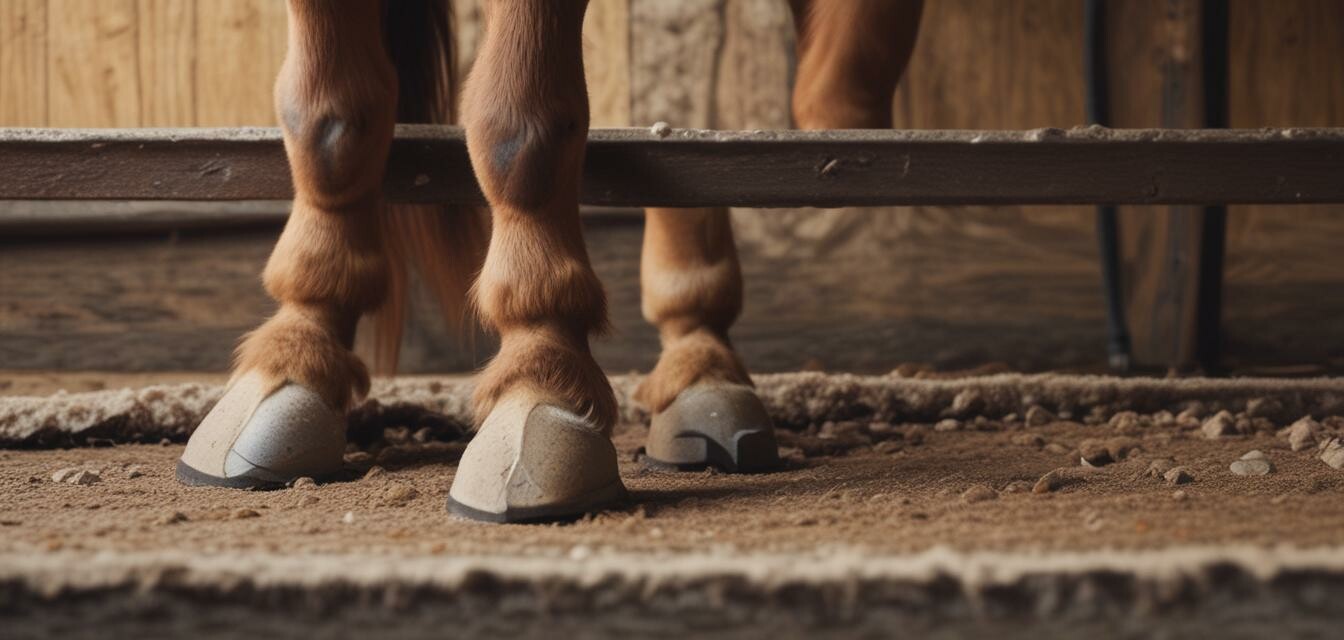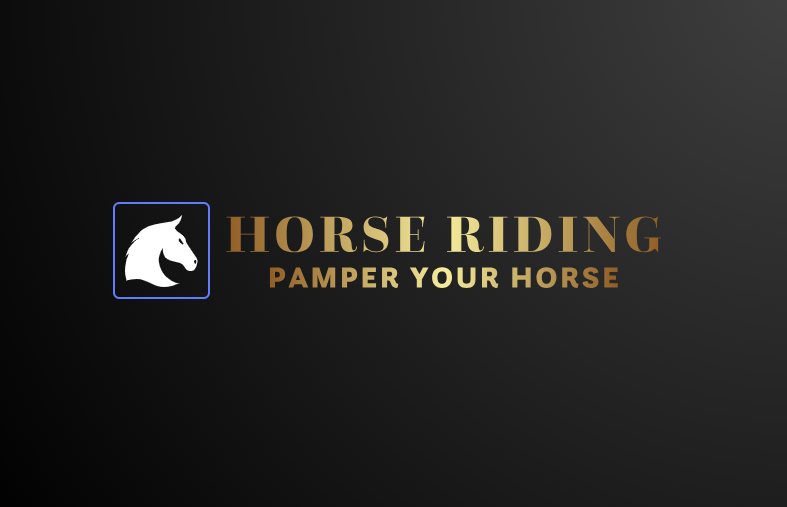
Understanding hoof care: Essential practices
Taking care of your horse's hooves is fundamental to its overall health and performance. Proper hoof maintenance ensures that your horse remains comfortable, alert, and able to perform its best. This guide explores essential practices for hoof care, focusing on grooming, maintenance, and recognizing signs of hoof-related issues.
Key Takeaways
- Regular hoof inspection is vital for early detection of issues.
- Daily cleaning helps prevent infections and hoof problems.
- Professional trimming and shoeing should be scheduled routinely.
- Recognizing signs of discomfort can save your horse from serious health problems.
- Consistency in hoof care promotes your horse's performance and comfort.
The importance of hoof care
Hoof care is critical for the health and well-being of your horse. The hooves are vital for providing support, balance, and shock absorption. Neglecting hoof care can lead to various health issues, including laminitis, abscesses, and other painful conditions. Let's delve deeper into key hoof care practices that every horse owner should adopt.
Daily grooming and cleaning
Daily grooming is an essential part of hoof care that should not be overlooked. By integrating hoof cleaning into your horse's daily routine, you can enhance its health and prevent hoof-related problems.
Steps for daily hoof cleaning:
- Start by picking out the hoof using a hoof pick, ensuring to reach into the grooves to remove dirt and debris.
- Examine the hoof for any signs of cracks, bruises, or abnormalities.
- Apply a soft brush to remove dust and dirt, making the surface clean.
- Check the frog and sole for any signs of thrush or infection.
- Finish by applying hoof oil as needed for moisture and shine.
Regular inspection
Regular inspection of the hooves is another vital practice in maintaining your horse’s hoof health. By routinely checking their hooves, you can catch any potential issues early on.
| Inspection Type | Frequency | What to Look For |
|---|---|---|
| Overall Shape | Every week | Changes in shape or cracks |
| Frog and Sole | Bi-weekly | Soreness, thrush, or weakness |
| Hoof Balance | Every 4-6 weeks | Unevenness or excess wear |
Recognizing discomfort in horses
Being attuned to your horse’s behavior can alert you to hoof issues. Horses in discomfort may show subtle signs, easily missed by the untrained eye.
- Refusal to move or reluctance to walk
- Excessive pawing or shifting weight
- Changes in gait or favoring a particular hoof
- Excessive sweating or behavioral changes during rides
Professional care: Trimming and shoeing
While regular hoof maintenance can be performed by owners, professional trimming and shoeing are critical to long-term hoof health. This should ideally be done every 6 to 8 weeks, depending on your horse's activity level, environment, and hoof growth.
Key aspects of professional hoof care:
- A qualified farrier should assess and trim hooves to maintain correct angles.
- Consider shoeing if your horse's hooves require additional protection.
- Discuss any concerns with your farrier to make informed decisions about care.
Pros
- Maintains overall horse health and performance.
- Prevents serious hoof-related issues.
- Promotes better comfort and rideability.
- Increases longevity and well-being in horses.
Cons
- Regular care requires time and commitment.
- Professional care can incur costs.
- Requires knowledge and skill to inspect properly.
Conclusion
Implementing a structured hoof care routine significantly contributes to your horse's overall welfare. By regularly cleaning, inspecting, and seeking professional help, you ensure that your horse remains healthy and performs at its best. For more on [equestrian gear](/products/equestrian-gear) and how it complements hoof care, don’t forget to check our product category. Happy riding!
Tips for beginners
For those new to horse ownership or hoof care, here are some helpful tips:
- Start slowly with daily hoof cleaning, incorporating it into your bonding time with your horse.
- Keep a checklist for regular inspections to avoid missing any signs of problems.
- Consult experienced horse owners or trainers for guidance on hoof care specifics.
- Invest in the right tools, such as a quality hoof pick and brush.
